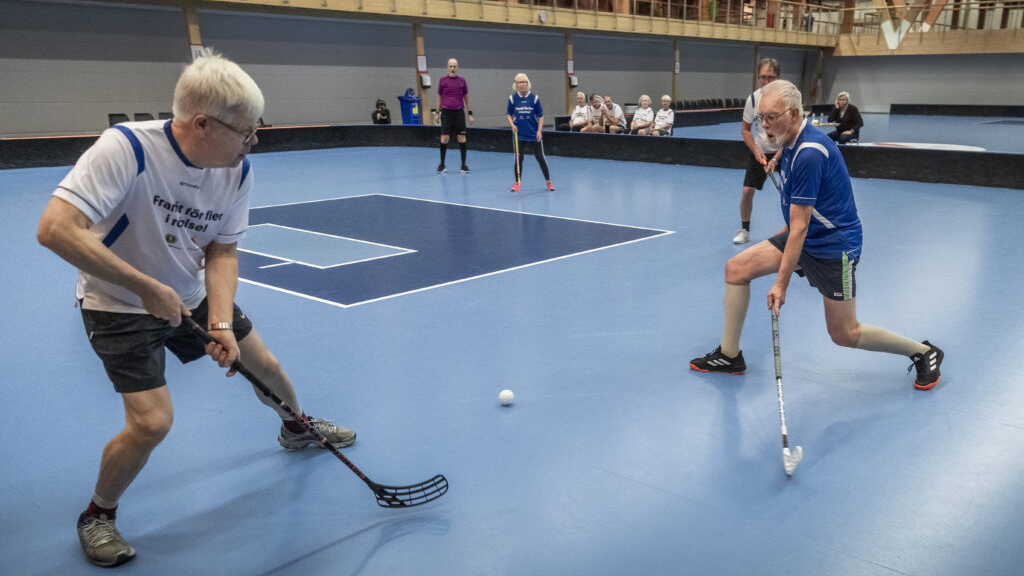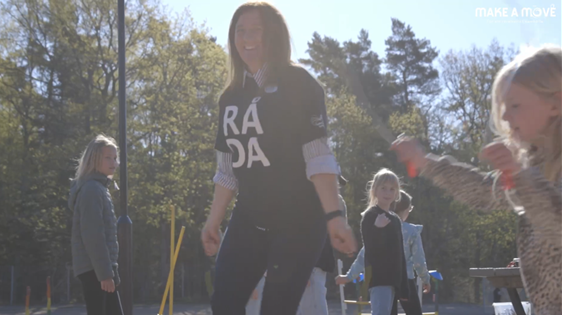"We need to rethink our approach to movement, physical play on children's terms is not only entertainment for children, it is also a powerful source of motor development and provides skills such as decision making, problem solving and confidence building". Melika Ilanto, Riskful Play
Nearly 500 early childhood educators and teachers in Lidköping joined to listen to Melika Ilanto and Xinga Li from the knowledge organization Riskful Play who talked about "risky play" and how it promotes children's development. Riskful play means allowing children to explore and take risks in a controlled environment to learn to manage and develop risk awareness. Children have a natural need for excitement and risk-taking play, where they feel a 'thrill' and when children are allowed to play on their own terms, it has positive effects on their mental and physical development.
Today, researchers and experts warn that excessive safety thinking and adult control can threaten children's opportunities for play and have negative, far-reaching consequences. "Well-meaning admonitions about caution in play can hail over children and it is important that we adults reflect on the consequences of this. It is about a balanced risk assessment, where we adults weigh actual danger against risk and allow children to learn to assess risks themselves in a safe environment. We need to create the conditions for children to express their need to be challenged and explore through play, instead of saying no directly." says Xinga Li
Encouraging children to play and explore not only requires adults to change their approach to children's play. We also need to create opportunities to involve children more, for example in the design of the physical environment. Xinga and Melika talk about the 'Free the Stone' project, where children's views were used to guide the removal of the fence around the stone in the schoolyard and instead allowed children to climb and play on the stone, much to their delight.
"We need to recognize children as competent individuals that we really need to listen to. We need to take part in the children's perspective and not guess what their needs are. If children climb the fence even though it is against the rules, it is a good opportunity to invite the children to dialogue. Do they want a place to climb? How can we create this space in the schoolyard? Involve the children's views and see if you can find solutions for the need to climb." says Melika Ilanto
Along with new insights, the audience gained concrete tools and strategies for integrating risky play for students and preschoolers. Want to know more about how your organization can integrate risky play into your activities? Check out the Riskful Play website for more information and resources to promote children's development through play on their terms.




